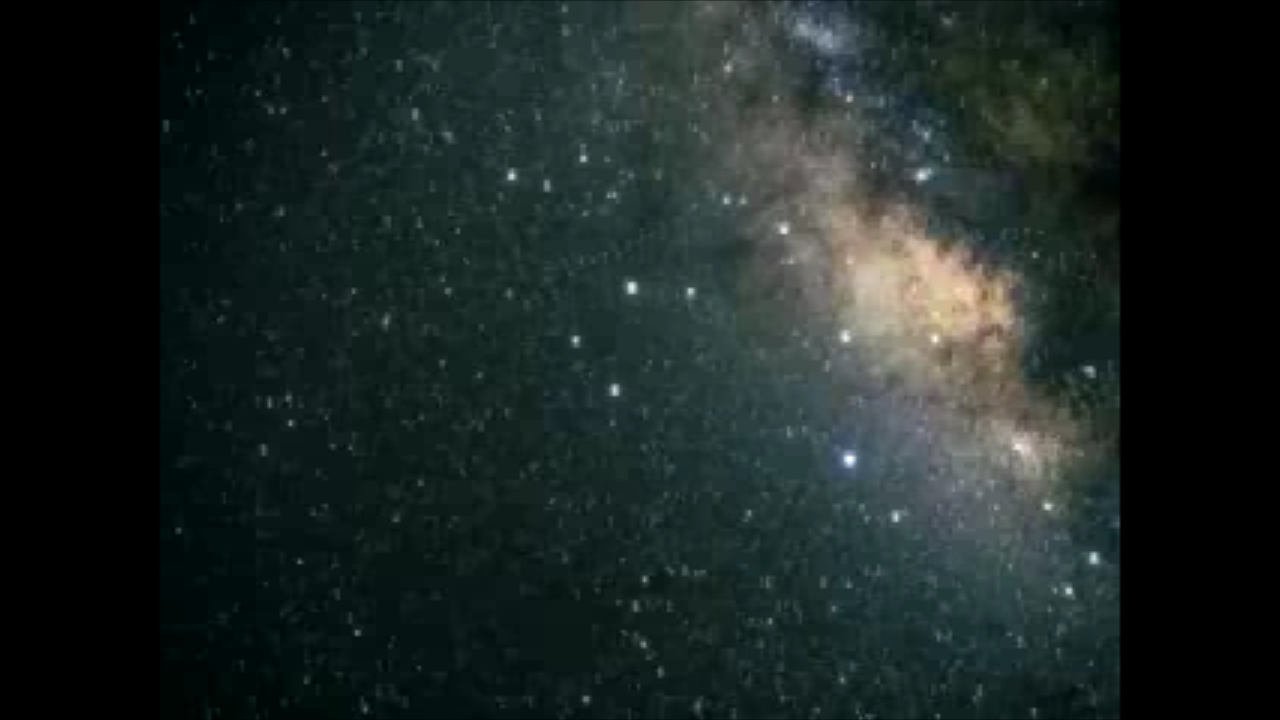1 min read
Gravitational Microlensing Resulting from Planetary-Mass Objects in a Globular Cluster
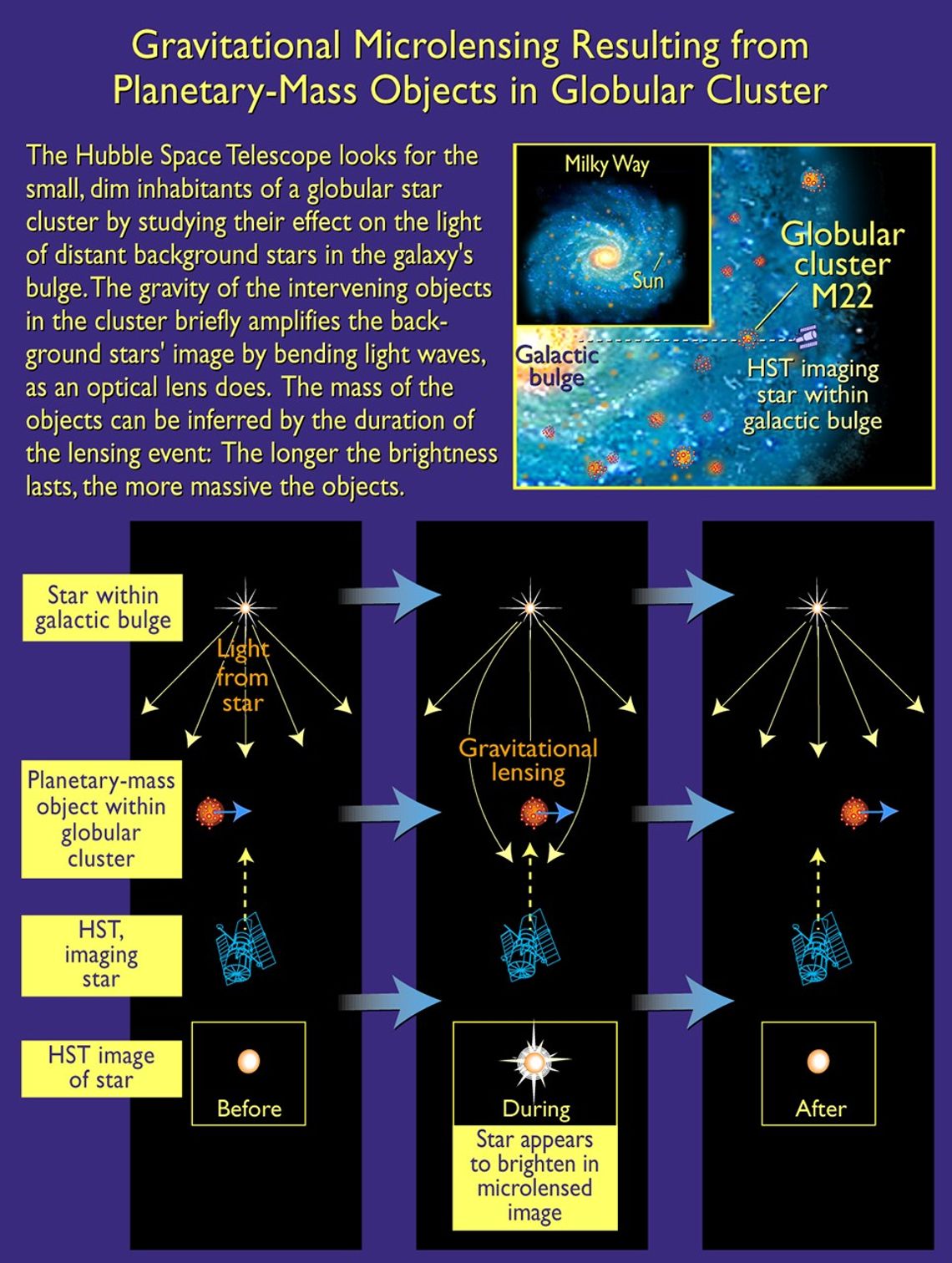
- Release DateJune 27, 2001
- Science ReleaseHint of Planet-Sized Drifters Bewilders Hubble Scientists
- CreditIllustration Credit: Ann Feild (STScI)
Related Images & Videos
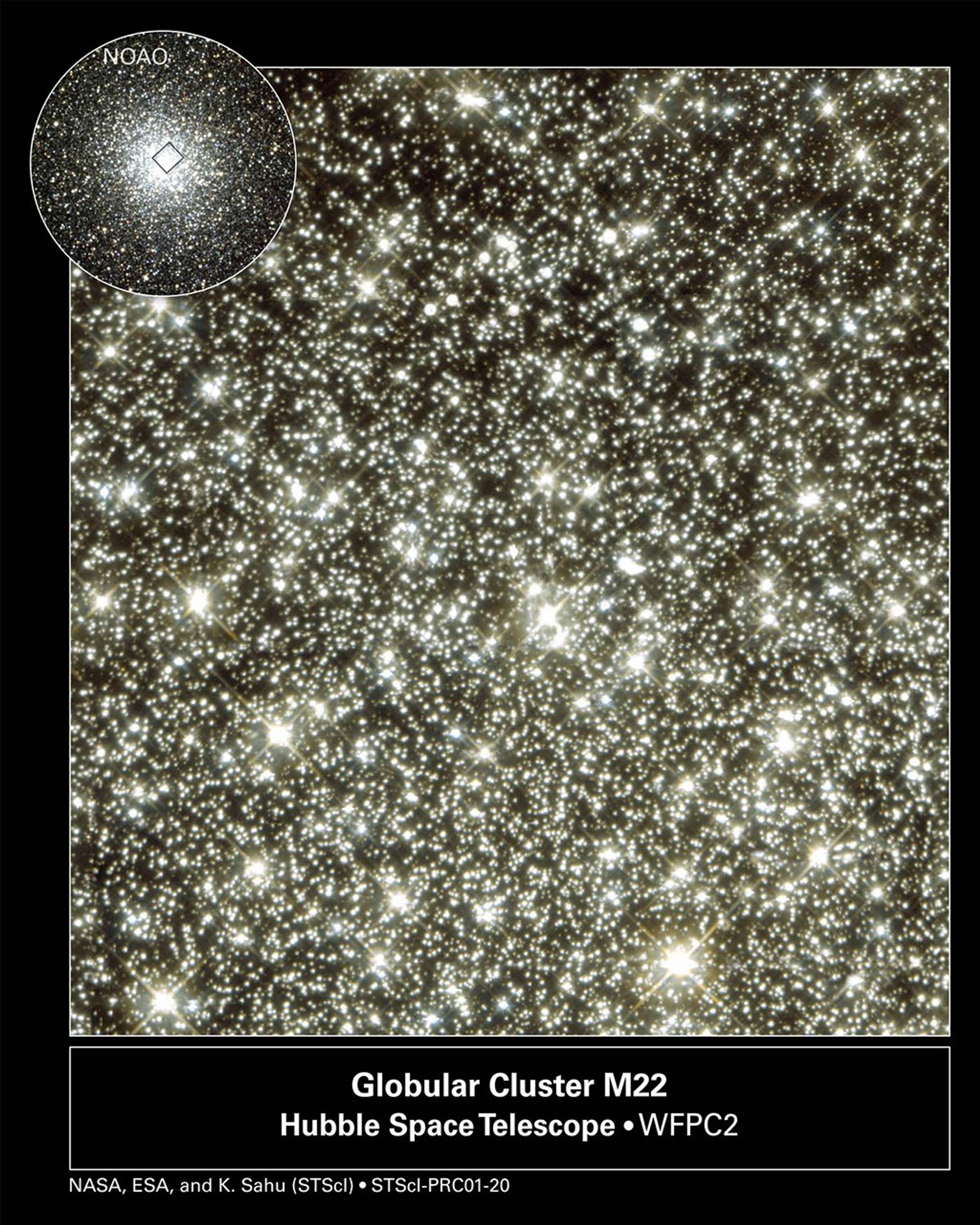
Globular Cluster M22 (inset shows entire cluster)
Piercing the heart of a glittering swarm of stars, NASA's sharp-eyed Hubble Space Telescope unveils the central region of the globular cluster M22, a 12- to 14-billion-year-old grouping of stars in the constellation Sagittarius. The telescope's view of the cluster's core...
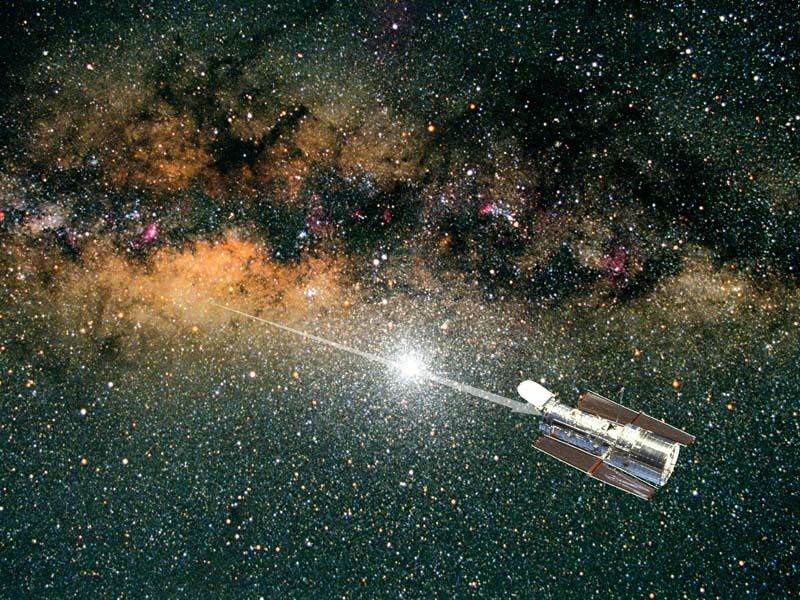
Alignment of Hubble, Star Cluster and Galactic Bulge for Microlensing Observation
This is a stylized view of a unique Hubble Space Telescope observation to search for low-mass objects residing in the core of the globular star cluster M22 (white clump of stars near image center). Because the objects are too dim to see directly, astronomers used Hubble's sharp...
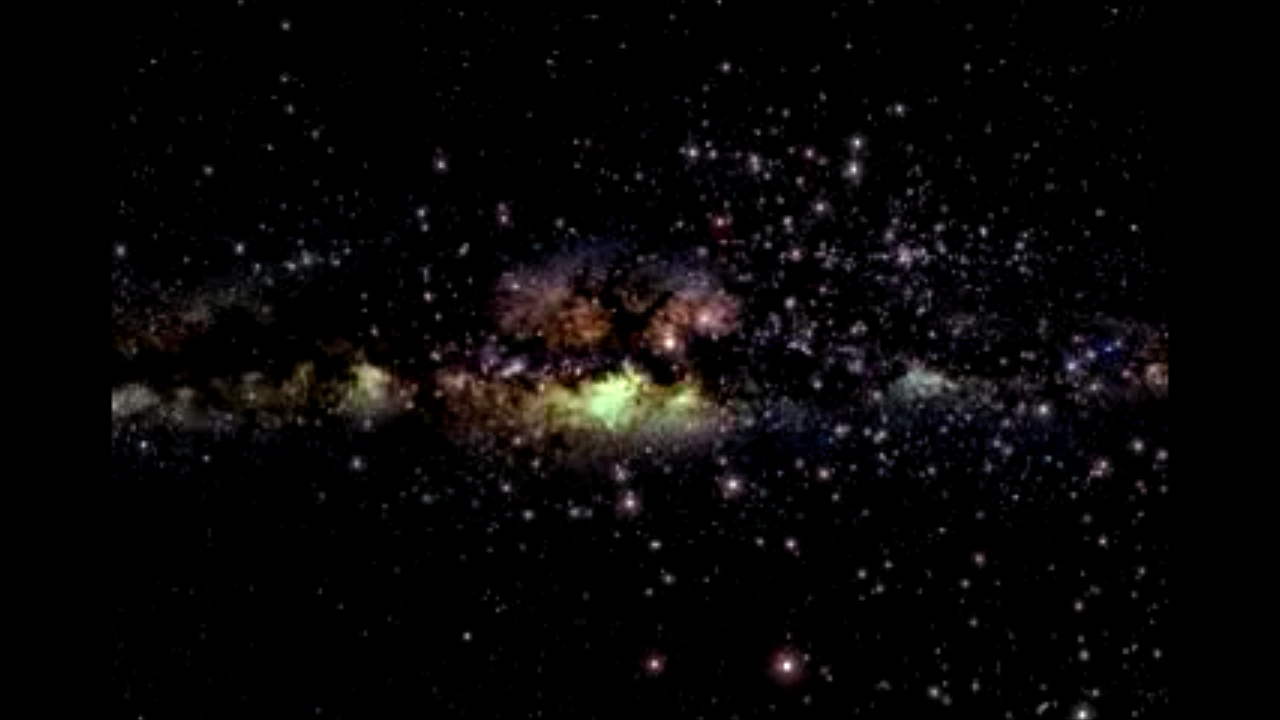
Animation of Gravitational Microlensing
Animation begins outside a globular star cluster similar to M22, with the center of the Milky Way in the distance. The camera flies through the center of the cluster and rests with a dark object in the distance. This object, a suspected brown dwarf, passes in front of a star in...
Share
Details
Claire Andreoli
NASA’s Goddard Space Flight Center
Greenbelt, Maryland
claire.andreoli@nasa.gov



























